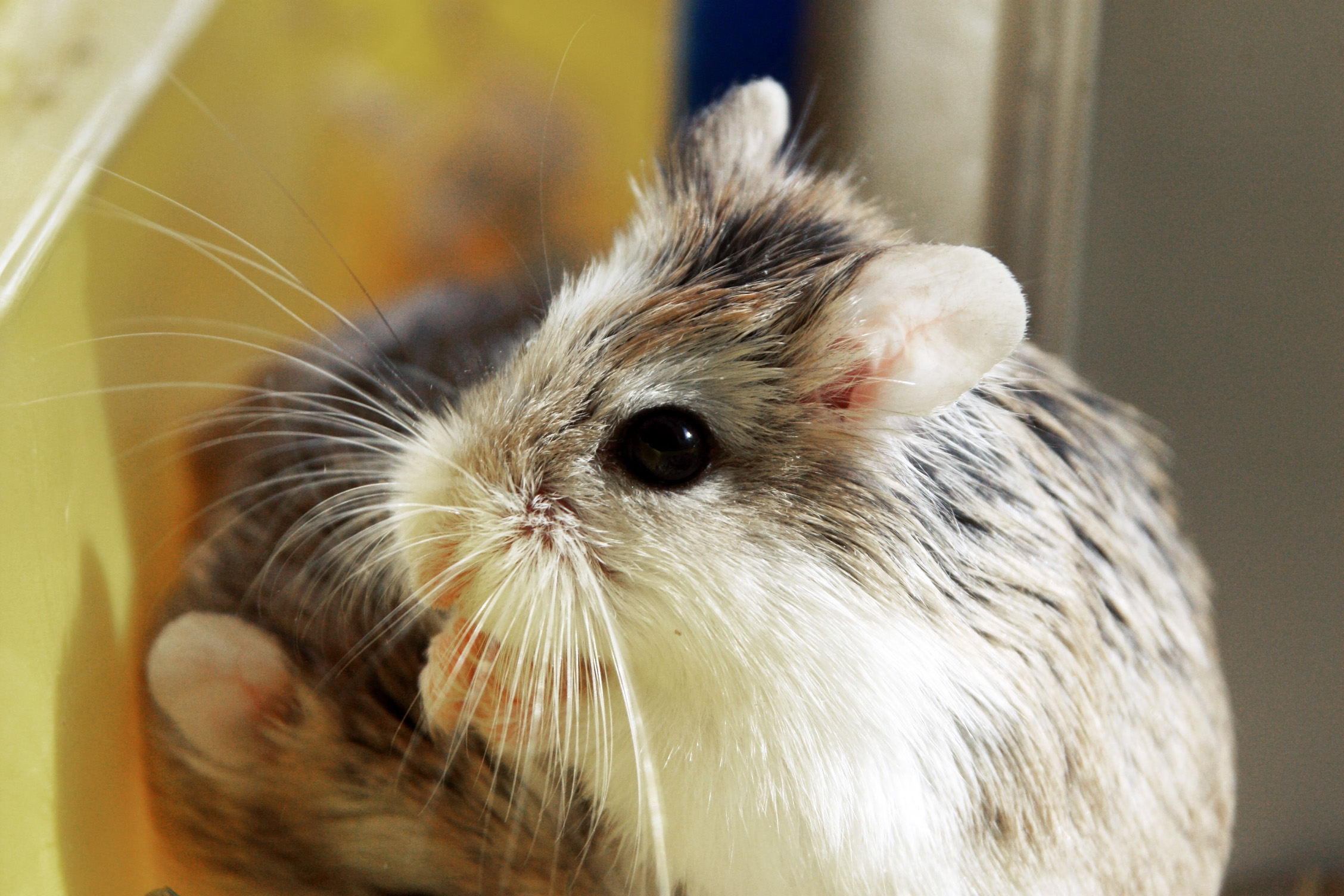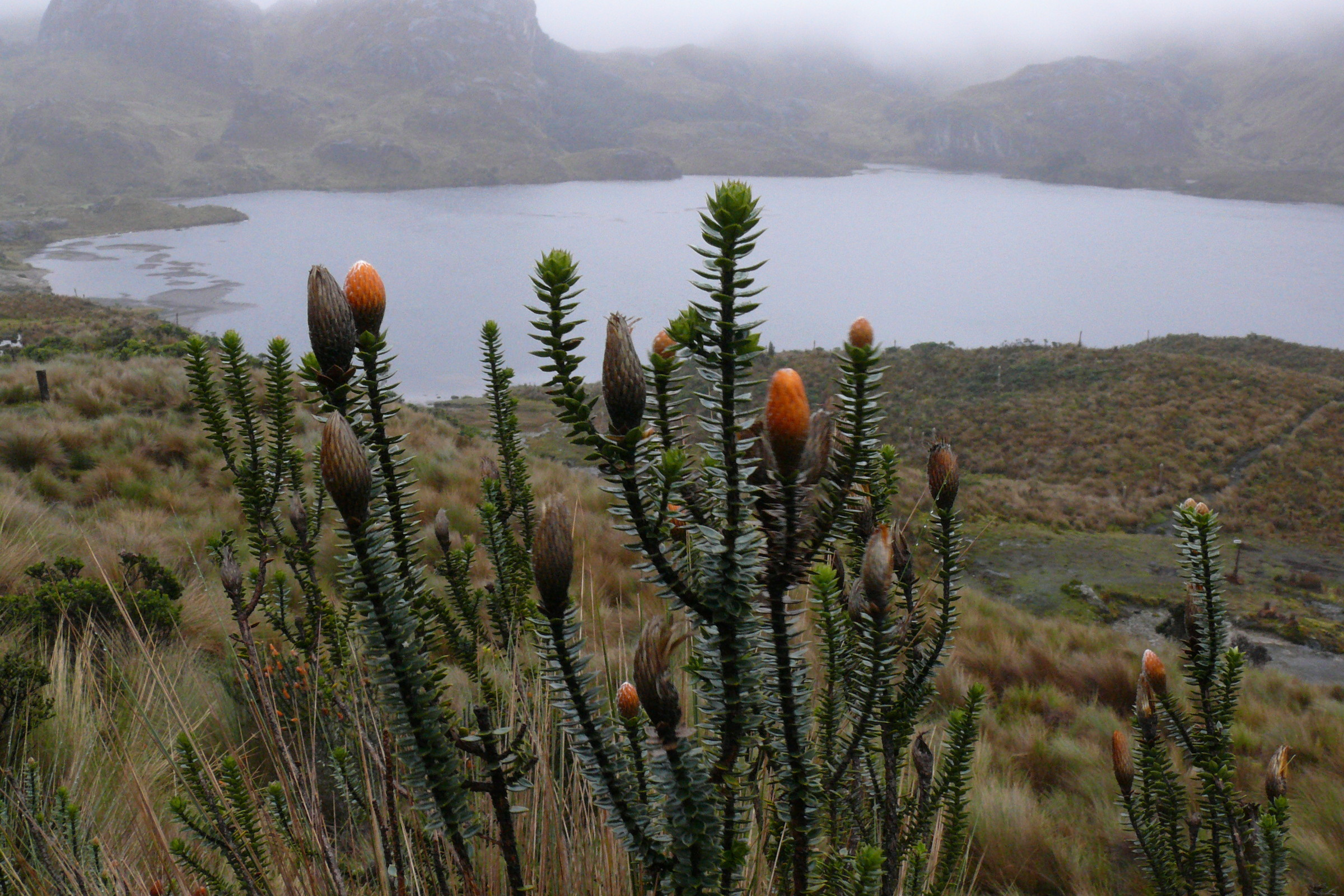|
Neusticomys Orcesi
The Las Cajas water mouse (''Neusticomys orcesi'') is a species of rodent in the family Cricetidae. It is endemic to the Cajas National Park in Ecuador. Its natural habitat is the high grassland (páramo Páramo () may refer to a variety of alpine tundra ecosystems located in the Andes Mountain Range, South America. Some ecologists describe the páramo broadly as "all high, tropical, montane vegetation above the continuous timberline". A narrower ...) of the park, where it lives near streams, eating small fish and large invertebrates. It was formerly placed in the genus '' Chibchanomys'', but was moved to '' Neusticomys'' in 2023. References Neusticomys Mammals of Ecuador Mammals described in 1997 {{Sigmodontinae-stub ... [...More Info...] [...Related Items...] OR: [Wikipedia] [Google] [Baidu] |
Rodent
Rodents (from Latin , 'to gnaw') are mammals of the Order (biology), order Rodentia ( ), which are characterized by a single pair of continuously growing incisors in each of the upper and Mandible, lower jaws. About 40% of all mammal species are rodents. They are native to all major land masses except for Antarctica, and several oceanic islands, though they have subsequently been introduced to most of these land masses by human activity. Rodents are extremely diverse in their ecology and lifestyles and can be found in almost every terrestrial habitat, including human-made environments. Species can be arboreal, fossorial (burrowing), saltatorial/ricochetal (leaping on their hind legs), or semiaquatic. However, all rodents share several morphological features, including having only a single upper and lower pair of ever-growing incisors. Well-known rodents include Mouse, mice, rats, squirrels, prairie dogs, porcupines, beavers, Cavia, guinea pigs, and hamsters. Once included wi ... [...More Info...] [...Related Items...] OR: [Wikipedia] [Google] [Baidu] |
Cricetidae
The Cricetidae are a family of rodents in the large and complex superfamily Muroidea. It includes true hamsters, voles, lemmings, muskrats, and New World rats and mice. At over 870 species, it is either the largest or second-largest family of mammals, and has members throughout the Americas, Europe and Asia. Characteristics The cricetids are small mammals, ranging from just in length and in weight in the New World pygmy mouse up to and in the muskrat. The length of their tails varies greatly in relation to their bodies, and they may be either furred or sparsely haired. The fur of most species is brownish in colour, often with a white underbelly, but many other patterns exist, especially in the cricetine and arvicoline subfamilies. Like the Old World mice, cricetids are adapted to a wide range of habitats, from the high Arctic to tropical rainforests and hot deserts. Some are arboreal, with long balancing tails and other adaptations for climbing, while others ar ... [...More Info...] [...Related Items...] OR: [Wikipedia] [Google] [Baidu] |
Cajas National Park
El Cajas National Park or Cajas National Park () is a national park in the highlands of Ecuador. It is located about 30 km west from Cuenca, the capital of the province of Azuay. The area of 285.44 km2 (28,544 ha) between 3100m and 4450m above sea level is characterized by páramo vegetation on a jagged landscape of hills and valleys. It was declared a National Park on November 5, 1996 by resolution N° 057. Name The name "Cajas" is derived from the Quichua word "cassa" meaning "gateway to the snowy mountains"."Parque National Cajas", map and brochure from Etapa, Cuenca, 2009 or "caxa" (Quichua:cold). It has also been linked to the Spanish word "cajas" (boxes). Geography and climate The highest point is the 4,450 m high Cerro Arquitectos (Architects Hill), and the elevation of roads reaches higher than 4,310 meters (13,550 feet). About 270 lakes and lagoons are present in the páramo of Cajas. Luspa is the largest of these lake and extends over 78 hectares with a m ... [...More Info...] [...Related Items...] OR: [Wikipedia] [Google] [Baidu] |
Ecuador
Ecuador, officially the Republic of Ecuador, is a country in northwestern South America, bordered by Colombia on the north, Peru on the east and south, and the Pacific Ocean on the west. It also includes the Galápagos Province which contains the Galapagos Islands in the Pacific, about west of the mainland. The country's Capital city, capital is Quito and its largest city is Guayaquil. The land that comprises modern-day Ecuador was once home to several groups of Indigenous peoples in Ecuador, indigenous peoples that were gradually incorporated into the Inca Empire during the 15th century. The territory was Spanish colonization of the Americas, colonized by the Spanish Empire during the 16th century, achieving independence in 1820 as part of Gran Colombia, from which it emerged as a sovereign state in 1830. The legacy of both empires is reflected in Ecuador's ethnically diverse population, with most of its million people being mestizos, followed by large minorities of Europe ... [...More Info...] [...Related Items...] OR: [Wikipedia] [Google] [Baidu] |
Cuenca, Ecuador
Cuenca, officially Santa Ana de los Ríos de Cuenca, is an Ecuadorian city, head of the Cuenca Canton, canton of the same name and capital of the Azuay Province, province of Azuay, as well as its largest and most populated city. It is crossed by the Tomebamba River, Tomebamba, Tarqui River, Tarqui, Yanuncay River, Yanuncay and Machángara River, Machángara rivers, in the south-central Highlands Region (Ecuador), inter-Andean region of Ecuador, in the Paute River, Paute river basin, at an altitude of 2,538 meters above sea level and with a Humid temperate climate, temperate Andean climate averaging 16.3 °C. It has been locally called "Cuenca of the Andes" or "Athens of Ecuador" for its architecture, its cultural diversity, its contribution to Ecuadorian arts, sciences and literature, and for being the birthplace of many illustrious figures of Ecuadorian society. At the 2022 census it had a population of 596,101 inhabitants, making it the third most populous city in the countr ... [...More Info...] [...Related Items...] OR: [Wikipedia] [Google] [Baidu] |
Habitat
In ecology, habitat refers to the array of resources, biotic factors that are present in an area, such as to support the survival and reproduction of a particular species. A species' habitat can be seen as the physical manifestation of its ecological niche. Thus "habitat" is a species-specific term, fundamentally different from concepts such as Biophysical environment, environment or vegetation assemblages, for which the term "habitat-type" is more appropriate. The physical factors may include (for example): soil, moisture, range of temperature, and Luminous intensity, light intensity. Biotic index, Biotic factors include the availability of food and the presence or absence of Predation, predators. Every species has particular habitat requirements, habitat generalist species are able to thrive in a wide array of environmental conditions while habitat specialist species require a very limited set of factors to survive. The habitat of a species is not necessarily found in a ge ... [...More Info...] [...Related Items...] OR: [Wikipedia] [Google] [Baidu] |
Páramo
Páramo () may refer to a variety of alpine tundra ecosystems located in the Andes Mountain Range, South America. Some ecologists describe the páramo broadly as "all high, tropical, montane vegetation above the continuous timberline". A narrower term classifies the páramo according to its regional placement in the northern Andes of South America and adjacent southern Central America. The páramo is the ecosystem of the regions above the continuous forest line, yet below the permanent snowline. It is a "Neotropical high mountain biome with a vegetation composed mainly of giant rosette plants, shrubs and grasses". According to scientists, páramos may be "evolution, evolutionary hot spots", meaning that they are among the fastest evolving regions on Earth. Location The Northern Andean Páramo global ecoregion includes the Cordillera Central páramo (Ecuador, Peru), Santa Marta páramo (Colombia), Cordillera de Merida páramo (Venezuela) and Northern Andean páramo (Colombia, Ec ... [...More Info...] [...Related Items...] OR: [Wikipedia] [Google] [Baidu] |
Chibchanomys
The Chibchan water mouse (''Chibchanomys trichotis'') is a species of rodent in the family Cricetidae. It is found in the Andean highlands of Colombia, Peru, and Venezuela. Its natural habitats are tropical cloud forests and stream A stream is a continuous body of water, body of surface water Current (stream), flowing within the stream bed, bed and bank (geography), banks of a channel (geography), channel. Depending on its location or certain characteristics, a strea ...s at elevations from . It feeds on snails and possibly small fish. It is the only currently described species in the genus ''Chibchanomys''. References Chibchanomys Mammals of Colombia Mammals of Peru Mammals of Venezuela Mammals of the Andes Mammals described in 1897 Taxa named by Oldfield Thomas Taxonomy articles created by Polbot {{Sigmodontinae-stub ... [...More Info...] [...Related Items...] OR: [Wikipedia] [Google] [Baidu] |
Neusticomys
''Neusticomys'' is a genus of semiaquatic, animalivorous South American rodents in the family Cricetidae. The term ''Neusticomys'' derives from the two ancient greek words (), meaning "able to swim", and (), meaning "mouse, rat". ''N. monticolous'' and ''N. vossi'' primarily inhabit montante regions of west Columbia and eastern Ecuador, with the former noted to occur in the Andean Cordillera and the Occidental mountain range at elevations of 1,800-3,750 meters. The rest inhabit tropical lowland forests primarily in the northern and eastern regions of the Amazon rainforest, whereas ''N. peruviensis'' is an endemic species to Peru. This genus contains the following threespecies: * Montane fish-eating rat The montane fish-eating rat (''Neusticomys monticolus'') is a species of semiaquatic rodent in the family Cricetidae. It inhabits the Andes Mountains of Colombia and Ecuador. Description Montane fish-eating rats are moderately sized rodents, w ... (''N. monticolus'') — A ... [...More Info...] [...Related Items...] OR: [Wikipedia] [Google] [Baidu] |
Mammals Of Ecuador
A mammal () is a vertebrate animal of the class Mammalia (). Mammals are characterised by the presence of milk-producing mammary glands for feeding their young, a broad neocortex region of the brain, fur or hair, and three middle ear bones. These characteristics distinguish them from reptiles and birds, from which their ancestors diverged in the Carboniferous Period over 300 million years ago. Around 6,640 extant species of mammals have been described and divided into 27 orders. The study of mammals is called mammalogy. The largest orders of mammals, by number of species, are the rodents, bats, and eulipotyphlans (including hedgehogs, moles and shrews). The next three are the primates (including humans, monkeys and lemurs), the even-toed ungulates (including pigs, camels, and whales), and the Carnivora (including cats, dogs, and seals). Mammals are the only living members of Synapsida; this clade, together with Sauropsida (reptiles and birds), constitutes the lar ... [...More Info...] [...Related Items...] OR: [Wikipedia] [Google] [Baidu] |



